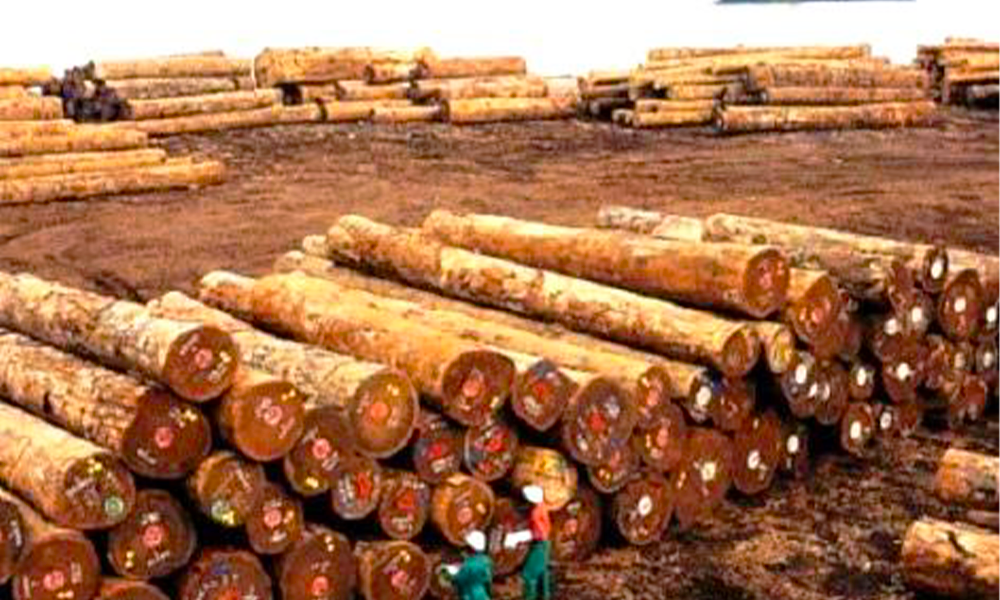
The European Union (EU) will unilaterally turn its back on the FLEGT-VPA. This unique trade agreement, which came into effect on December 1, 2011, was supposed to promote the timber trade between Cameroon and the EU in accordance with Cameroonian laws.
The context in which the FLEGT-VPA was signed in 2011 is quite surprising. At the same time, Cameroon was negotiating the Economic Partnership Agreement (EPA) with the European Union. This parallel and atypical trade agreement deviates from World Trade Organization (WTO) rules and allows the EU to take unilateral retaliatory measures. This agreement thus sowed the seeds of its own demise. How can an agreement built on principles of legality verification contradict the provisions set forth in legal texts?
During the 13 years of the VPA's existence, Cameroon was expected to adjust its regulatory framework, which did not align with the EU's expectations, even though this was not an existential requirement of the agreement. The main sticking point was found: the exclusion of small-scale permits—timber sales, removal authorizations, and wood recovery authorizations (ARB/AEB)—from the scope of the agreement because they did not guarantee sustainable forest management, according to the European partner.
Repeated reminders from the Cameroonian side yielded no results. On the contrary, they deepened the divide. In the EU’s final requiem for the agreement, it stated: "The reform of the legal framework has not been fully completed, and forest exploitation is still partly carried out through small-scale permits (timber sales) that do not require any management plan." References to existing regulations recognizing these exploitation methods, sectoral progress in digitizing procedures, and significantly improving statistics due to reforms did not change anything. This also applies to the understanding of all specific procedures governing forest exploitation in Cameroon.
The fixation on forestry exploitation overshadows the fact that this activity simply involves the harvesting of commercial tree species. Yet, statistics provide some insights. In 2019, the Ministry of Forests and Wildlife’s Forest Cover Monitoring Unit, in collaboration with the World Resources Institute (WRI), published its annual report on major deforestation events. GLAD (Global Land Analysis and Discovery) alerts recorded in a study covering 3,628.61 hectares revealed that the following human activities were responsible for deforestation: agriculture in all its forms (59.99%), logging (34.55%), mining (5.11%), and development projects (0.45%).
© 2021 MINFOF. All rights reserved| Designed by CI MINFOF